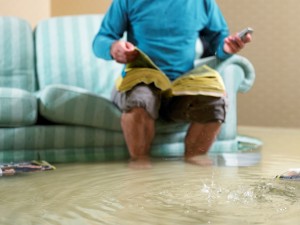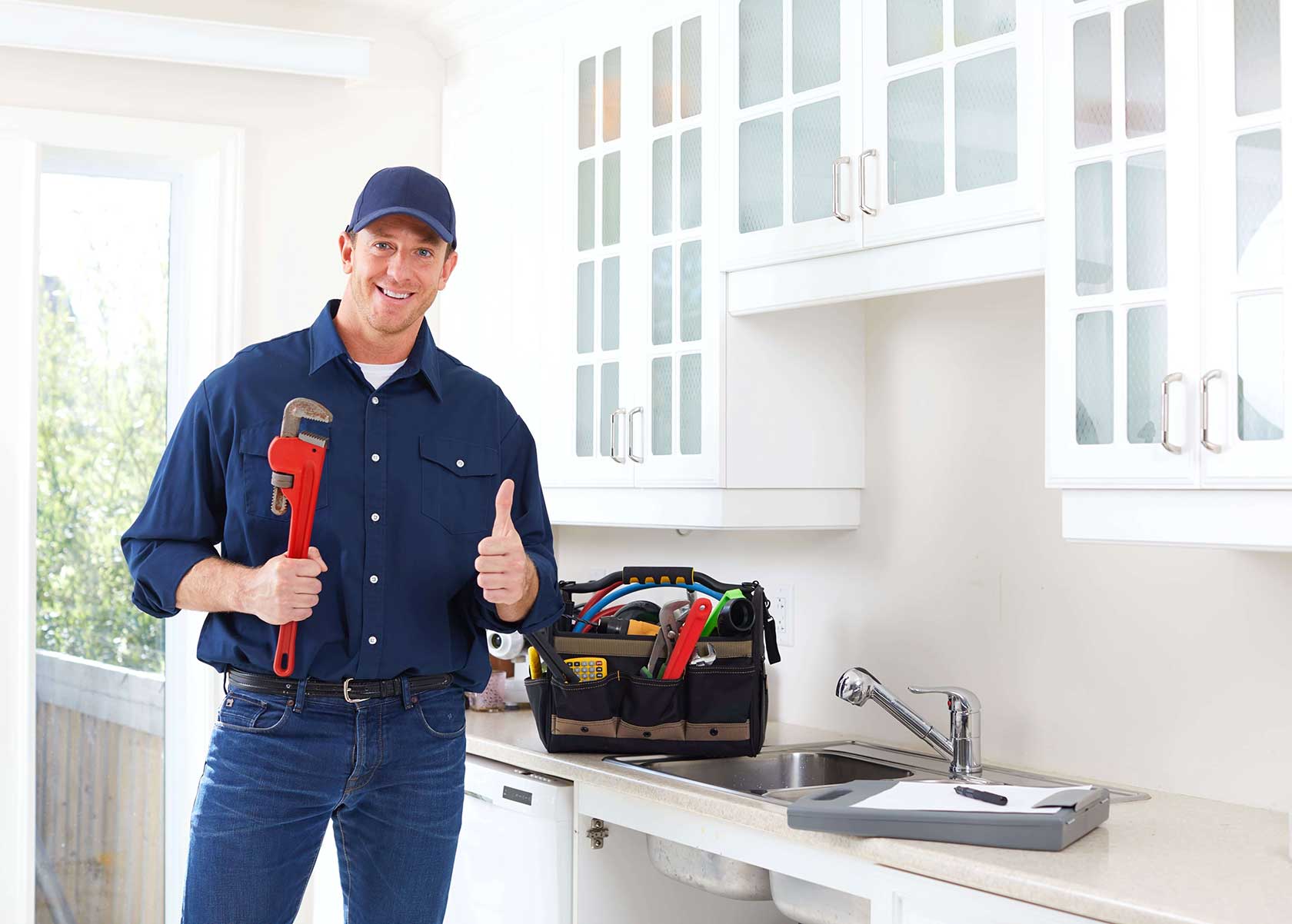Recognizing When to Handle Plumbing Problems On Your Own or Hire Expert Help
Recognizing When to Handle Plumbing Problems On Your Own or Hire Expert Help
Blog Article
The writer is making a few great points regarding When to call a professional plumber vs. DIY in general in the article directly below.

Introduction
Pipes problems can vary from minor troubles to significant headaches, commonly motivating homeowners to determine between tackling the trouble themselves or employing a professional plumber. Understanding when to DIY and when to seek expert help can conserve time, cash, and protect against potential disasters. This write-up discovers the aspects to think about when making this important choice.
Advantages of Do It Yourself Pipes
Taking on pipes tasks yourself can be fulfilling in numerous ways, specifically for less complex jobs.
Price Cost savings
DIY plumbing jobs usually save cash by avoiding professional service fees. Jobs like fixing minor leakages, replacing faucets, or installing brand-new showerheads are examples where property owners can take care of repair work without working with a plumbing technician.
Ability Improvement
Engaging in DIY pipes uses a chance to discover and enhance functional skills. Standard tasks equip house owners to recognize their pipes systems better and acquire self-confidence in managing tiny fixings separately.
Risks of Do It Yourself Pipes
While do it yourself projects offer advantages, particular dangers must be very carefully taken into consideration before attempting repairs.
Intricacy of Jobs
Some plumbing problems need specialized knowledge and tools beyond typical homeowner capacities. Mishandling complex problems can lead to more damages and pricey fixings.
Safety Worries
Collaborating with pipes systems entails dangers such as direct exposure to water damages, capacity for electric risks, and handling devices improperly. Safety precautions need to be observed to avoid accidents and make certain efficient repair work.
Indicators to Call a Professional Plumber
Acknowledging when a plumbing problem exceeds DIY capabilities is vital to preventing intensifying troubles.
Indications of Facility Issues
Examples consist of:
Prompt professional intervention is required to resolve these problems successfully and lessen damages.
DIY Plumbing Tips
For successful do it yourself plumbing, it's necessary to be prepared with the right devices and comply with proper procedures.
Standard Devices and Products
Trick devices for DIY pipes:
Step-by-Step Guides
Clear instructions make sure risk-free and effective do it yourself repair work:
Picking the Correct Time to DIY
Figuring out when to take on plumbing tasks on your own requires assessing both the complexity of the issue and individual comfort degrees.
Evaluation List
Think about:
When to Absolutely Call an Expert
Specific situations require instant expert focus to avoid comprehensive damage or safety and security risks.
Instances include:
Searching for and Employing a Professional Plumbing Technician
Selecting a certified plumber ensures trustworthy service and satisfaction in solving plumbing concerns.
Standards for Selection
Factors to consider:
Expense Analysis: DIY vs. Expert Providers
Comparing the economic effects of do it yourself efforts versus professional pipes solutions aids in making educated decisions.
Financial Considerations
Review:
Final thought
Choosing whether to do it yourself or call a specialist plumbing professional hinges on comprehending the intricacy of plumbing concerns and individual abilities. By evaluating the benefits and dangers, home owners can make enlightened options that advertise effective upkeep and protect their homes from pipes disasters.
DIY Plumbing Projects: What Homeowners Can Do and When to Call a Professional
Welcome to our comprehensive guide on DIY plumbing projects. In this blog post, we aim to empower homeowners with the knowledge and skills to tackle basic plumbing tasks around the house. From unclogging drains to fixing a leaky faucet, we’ll walk you through step-by-step instructions on how to handle these common issues.
However, not all plumbing problems can or should be solved with a DIY approach. Recognizing when a problem is beyond your skill level and requires professional intervention is just as important as knowing how to perform basic tasks. We’ll also discuss the signs that indicate it’s time to put down your tools and pick up the phone to call a professional plumber. By understanding when to DIY and when to call a professional, you can save time, avoid potential disasters, and ensure your home’s plumbing system remains in top shape.
Understanding Plumbing Basics
Before we dive into the DIY projects, let’s take a moment to understand the basics of your home’s plumbing system. A typical residential plumbing system consists of two major components: the water supply system, which brings fresh water into your home, and the drainage system, which removes waste water. These systems are made up of a network of pipes, valves, and fixtures that work together to deliver clean water and dispose of waste efficiently.
Regular maintenance of your plumbing system is crucial to prevent minor issues from escalating into major problems. This includes tasks like checking for leaks, removing minor clogs, and ensuring your pipes are insulated for winter. By performing these tasks regularly, you can extend the lifespan of your plumbing system, save money on water bills, and maintain the comfort and hygiene of your home.
In the following sections, we’ll explore some common DIY plumbing projects that homeowners can handle, as well as situations that require the expertise of a professional plumber. Whether you’re a seasoned DIY enthusiast or a beginner, this guide will provide you with valuable insights into the world of home plumbing.
DIY Plumbing Projects Homeowners Can Handle
Plumbing may seem intimidating, but there are several tasks that homeowners can confidently tackle with a little guidance and the right tools. Here are a few common issues you might encounter and how to address them.
Unclogging Drains
Use a Plunger: This is your first line of defense. A good old-fashioned plunger can dislodge the obstruction and clear the drain in many cases. Try a Plumber’s Snake or Hand Auger: If the plunger doesn’t work, a plumber’s snake or hand auger can reach deeper into the pipe to break up the clog. Use a Drain Cleaner: If physical methods fail, a chemical drain cleaner can dissolve the clog. However, use these products sparingly as they can damage your pipes if overused.

As a passionate person who reads on , I figured sharing that short article was beneficial. So long as you enjoyed reading our article plz make sure you remember to share it. Thank you for going through it.
Book Service Report this page